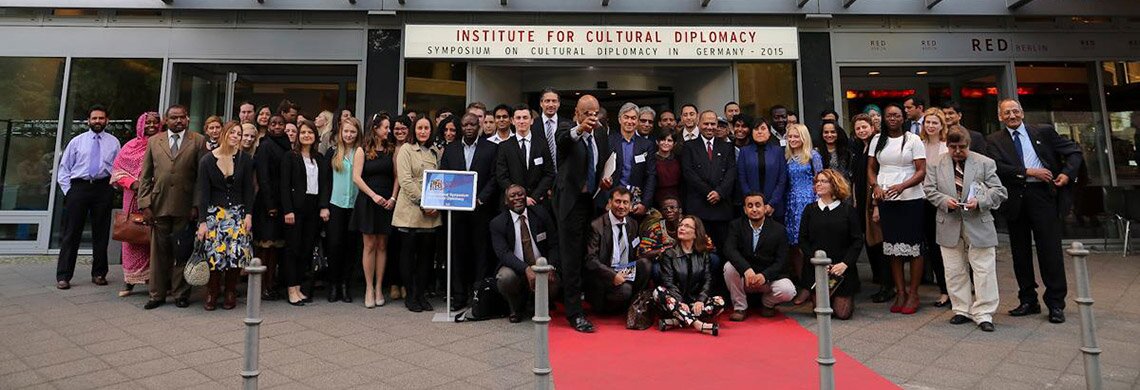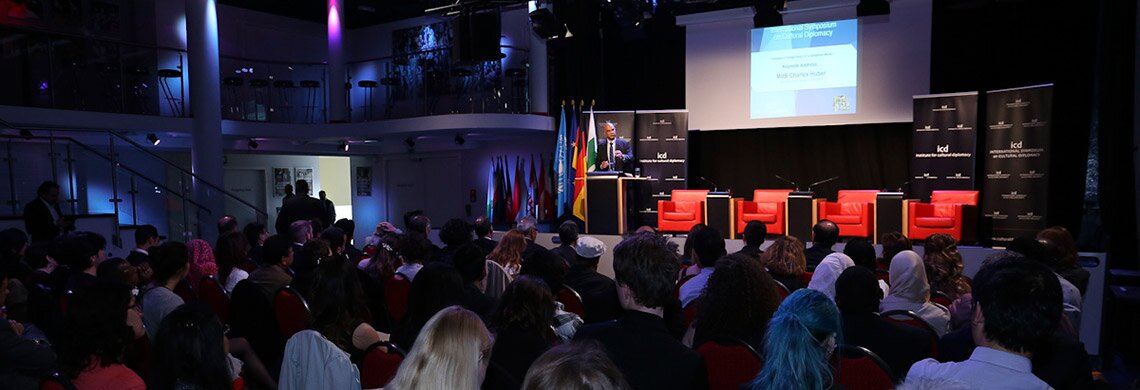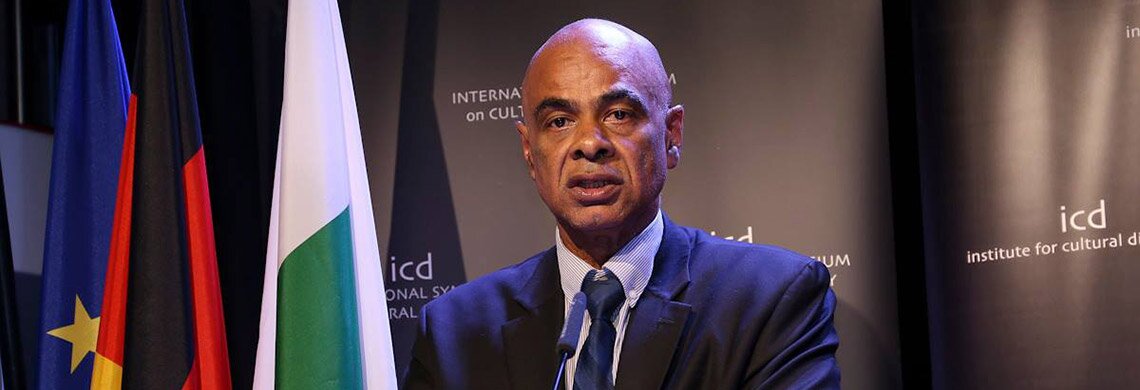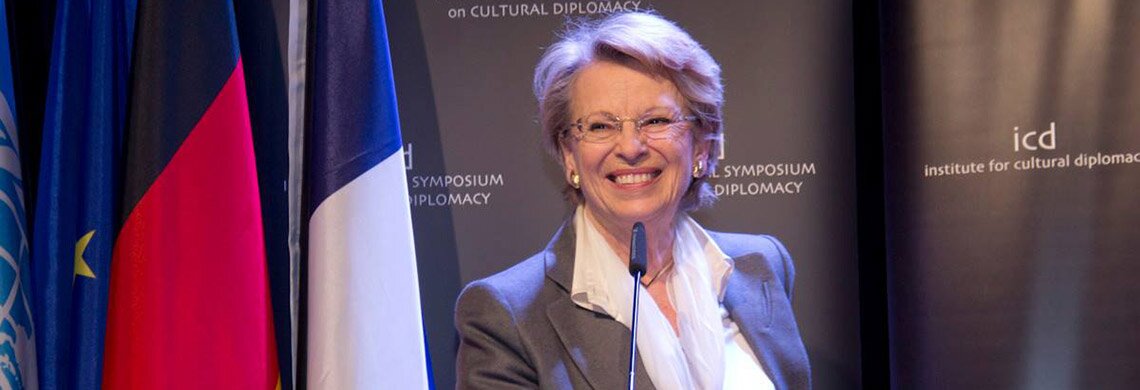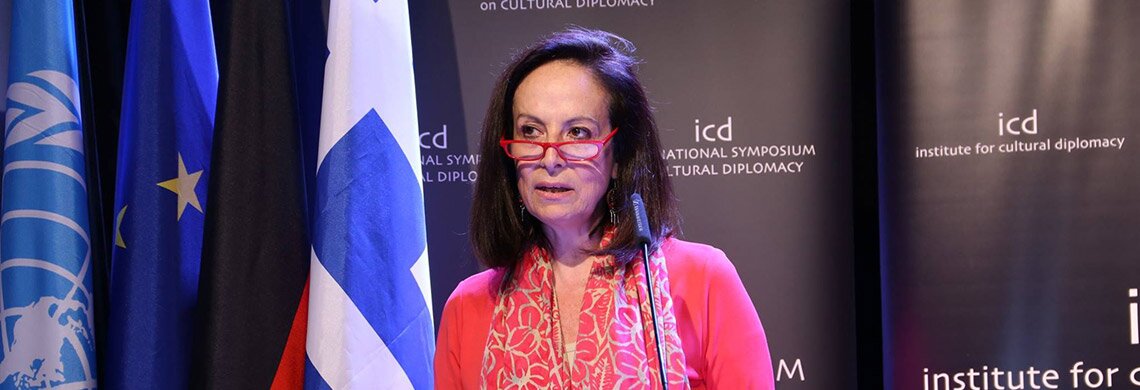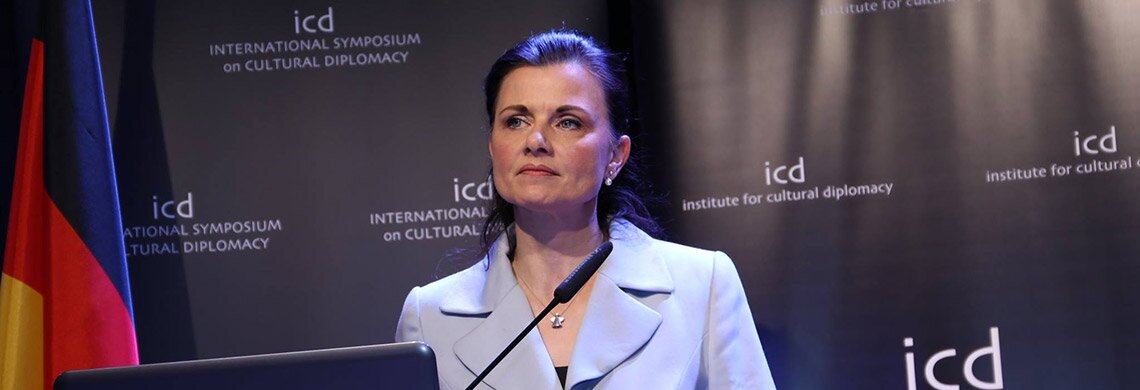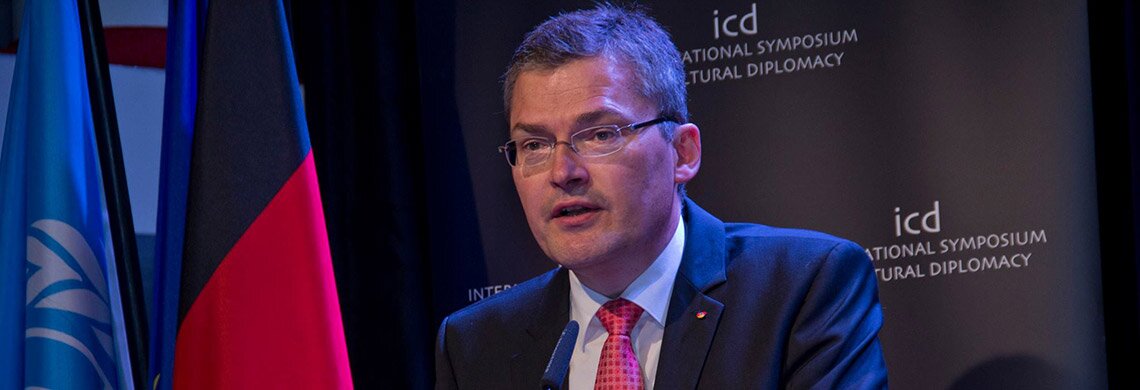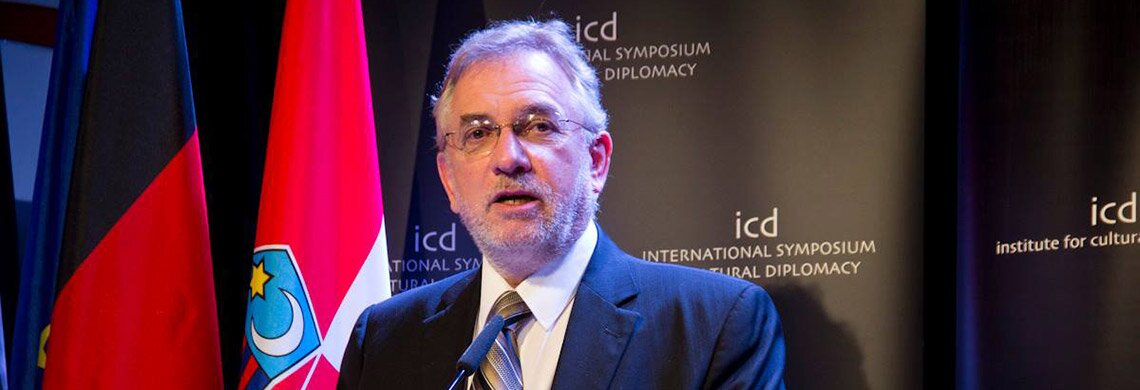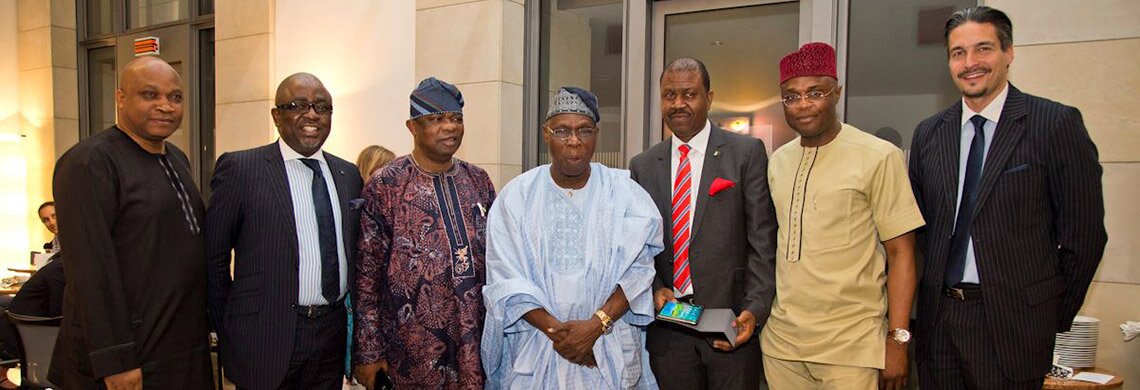Cultural Diplomacy Outlook Report 2011

Chapter 2
Cultural Diplomacy: A Regional Focus
This chapter will analyse the practical applications of the cultural diplomatic approach to international relations. The Institute for Cultural Diplomacy understand that for one to gain as full an understanding as possible of cultural diplomacy, one needs to be clear of how the various cultural diplomatic initiatives appear and operate in practice. This section will specifically on two areas; cultural diplomacy in the field of the arts; and cultural diplomacy in terms of inter-religious dialogue. We hope that this report offers the reader an informative and representative insight into the practical applications of cultural diplomacy worldwide.
Introduction
A common topic of academic discussion involves the ever evolving nature of the geopolitical world map since the dissolution of the Soviet Union and the subsequent end of the Cold War. The relationships between countries and regions of the world have shifted around new international issues no longer defined along the same political-economic lines as the capitalist West vs. the communist East of the Cold War era. The world map has since become considerably more three-dimensional; new West and East relationships are emerging and evolving against the backdrop of the booming economic growth of India and China. Furthermore, following a growing recognition of human rights and international law, the disparities between North and South are being taken more seriously by the international community. Additionally, the technology explosion has brought the world into more immediate contact, making previously overlooked areas more visible and accessible on the international stage.Thus, the political focus of many countries has shifted over the past few decades and regional relationships have been re-defined with new emphases. One such emphasis that is being increasingly practiced in this evolving world order that of soft power, and in particular cultural diplomacy. This can particularly be seen in the growing soft power relationships between Europe and various regions in Africa and the Mediterranean, regions at the crossroads between the geographic east and west, north and south. Equally the often academically unexplored area of the South Pacific includes some interesting debates around the idea of collective and individual identities, cultures and affiliations. As such, the following chapter will focus on these key regions that have historically garnered less international attention as well as having recently engaged in examples of cultural diplomacy initiatives.
Table of Contents
- 1. Cultural Diplomacy in the Mediterranean
- 1.1 Introduction
- 1.2 Methodology
- 1.3 France
- 1.4 Italy
- 1.5 Slovenia
- 1.6 Spain
- 1.7 The Balkans
- 1.8 Turkey
- 1.9 Conclusion
- 2. Cultural Diplomacy in Africa
- 2.1 Introduction
- 2.2 Research Method on Country List
- 2.3 North Africa
- 2.4 West Africa
- 2.5 East Africa
- 2.6 Southern Africa
- 2.7 Conclusion
- 3. Cultural Diplomacy in the South Pacific
- 3.1 Introduction
- 3.2 Methodology
- 3.3 Contemporary Examples of Public Sector Sponsored Cultural Diplomacy in the South Pacific
- 3.4 Conclusion
- 3.5 References

